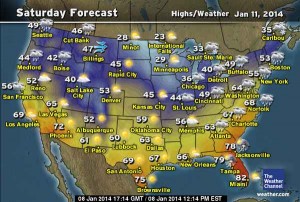by Simon Donner; this is a re-post from the old site, in light of some discussions, rational and not, that followed Michael Mann’s recent op-ed “If you see something, say something” on scientists’ responsibility to speak up about the impacts of climate change:
A few years ago, I found myself at a retreat with a group of highly accomplished scientists from around the continent. Why, I don’t know. I suspect my invitation came much as it would to a team’s equipment person, who are still needed during practice drills on the road to fetch all the loose balls.
On the penultimate evening, the discussion turned to the challenge of balancing science and outreach. The very unscientific activities of the retreat had wore down the competitive academic armour that most successful scientists wear like second skin, and revealed a surprising vulnerability among the group. Most everyone held an existential fear of this mysterious force, which most often went by the moniker “they”.
You see, this “they” held ultimate power over careers and was adamantly opposed to scientists spending time on outreach, rather than research. At the time, I thought that young scientists starting out their careers should be afraid to do outreach because of judgement by people like those at the retreat. Yet here were some tenured faculty, people with, arguably, the safest jobs in the world, themselves feeling they did not have the freedom to do outreach. It was eye-opening.




